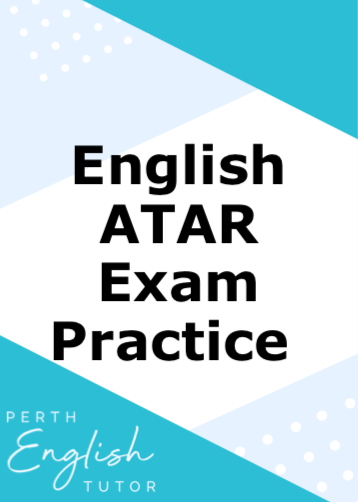It’s the middle of the year (or you are getting a head start) and you have been given your subject selection form for Year 11. It can be difficult to choose – or help your child with the choice – which subjects to use for Year 11.
If your child is preparing to enter their final years of school, it is important that you have answers for some the most common questions about Year 11 and 12 subject selection.
Q: Which subjects are compulsory in Year 11 and 12 for students in Western Australia?
To achieve the minimum requirements for students to receive a Western Australian Certificate of Education (WACE) in 2021 and beyond, you must do the following.
Breadth and depth requirement
- Completion of a minimum of 20 units, which may include unit equivalents attained through VET and/or endorsed programs. This requirement must include at least: (Explanatory notes 1, 2 , 3, 4, 5)
- a minimum of ten Year 12 units, or the equivalent
- four units from an English learning area course, post-Year 10, including at least one pair of Year 12 units from an English learning area course
- one pair of Year 12 units from each of List A (arts/languages/social sciences) and List B (mathematics/science/technology).
Achievement standard requirement
- Achievement of at least 14 C grades or higher (or the equivalent) in Year 11 and 12 units, including at least six C grades (or equivalents) in Year 12 units.
- Completion of:
- at least four Year 12 ATAR courses (Explanatory note 5), or
- at least five Year 12 General courses(Explanatory note 7) (or a combination of General and up to three Year 12 ATAR courses(Explanatory note 5)) or equivalent(Explanatory note 8), or
- a Certificate II (or higher) VET qualification(Explanatory notes 9 and 10) in combination with ATAR, General or Foundation courses).
Literacy and numeracy standard
- Demonstration of the minimum standard of literacy and numeracy. (Explanatory notes 11 and 12)
To view explanatory notes, check here.
Some independent and Catholic schools list religious education as a compulsory subject, but you may be able to choose whether you do these as ATAR or general. Students can choose the remainder of their study load as they wish, although schools may also place pre-requisites on certain studies. For example, you might need to achieve a minimum of 60% in a certain subject in Year 10 to be able to do the subject in Year 11.
Q: Are there any prerequisites for university courses?
A: University courses usually list English as a prerequisite. There are also a number of specialists courses that might have prerequisites or desirables. If your child plans to apply for university, they will need to make sure they are eligible to receive an Australian Tertiary Admission Rank (ATAR) and complete the required prerequisites. The best place to find this is on the Course Guides for the course that your child want to complete.
Q: How will scaling and moderation affect my child?
A lot of schools will quote “scaling” as a reason to do or not to do a subject. This is an important consideration to make. More details about TISC mark grading, you can click here. However, if your child is above average or thoroughly enjoys a certain subject, it is advisable to do that subject as your child will enjoy Year 11 and Year 12, rather than seeing the two years of study as a chore.
Q: What if my child doesn’t know what they want to do with their lives?
A: In this case, I would advise that your child does a broad range of subjects in Year 11 and Year 12, with as many ATAR subjects as they can manage. Depending on what they like, they will be able to determine which field of study they are better suited for. For example, if you enjoy Economics or Politics and Law, you might consider a Business or International Relations course. If you enjoy Human Biology, perhaps something in the health field?
Q: What if my child changes their mind between Year 11 and Year 12?
A: There are so many different factors that will affect a student in Year 11 and Year 12. Don’t panic if your child wants to drop a subject – this is totally normal. Delve to the bottom of why they want to swap and what their options are. They may be able to pick up another subject, or they may be able to complete a Certificate in lieu of another ATAR subject. Discuss these options with your school guidance counsellor.








